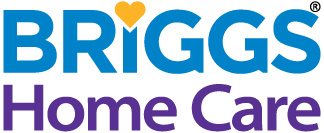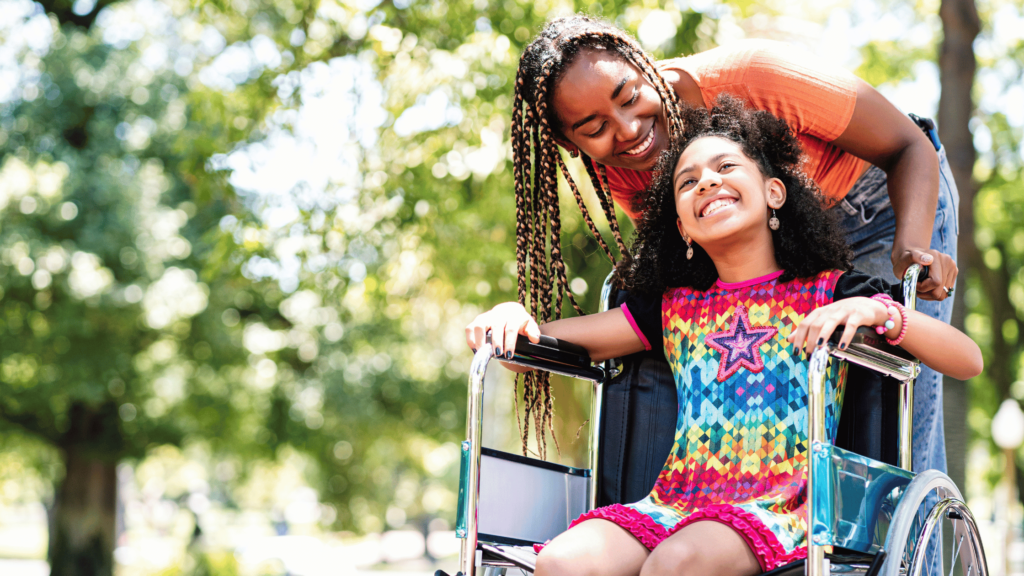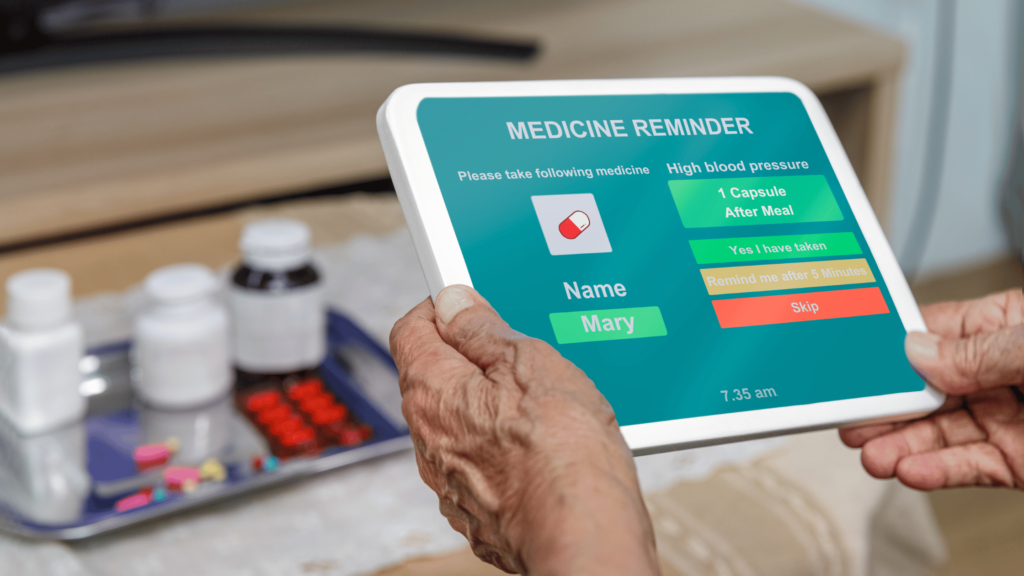Creating a safe home care environment is crucial in ensuring the well-being and comfort of those who require support and care in the sanctuary of their own home. As caregivers or loved ones, we have to foster a space that promotes safety and enkindles a sense of independence and dignity for the individuals we’re looking after. With ample attention to detail and a touch of heartfelt dedication, we can transform everyday settings into oases of serenity and security. Follow these top 10 tips to create a safe and peaceful environment your loved ones deserve.
Key Takeaways:
- Evaluate the Home Environment: Assess the home for possible hazards such as slippery floors, cluttered walkways, and inadequate lighting.
- Prevent Falls: Install grab bars, non-slip mats, and ramps to reduce fall risks for seniors or individuals with mobility issues.
- Ensure Proper Medication Management: Organize medications, keep a detailed medication list, and use pill organizers to avoid medication errors and ensure timely intake.
Prioritize Cleanliness
Regular disinfection
You must prioritize cleanliness in a home care environment to ensure the safety and well-being of your loved ones. Regular disinfection of commonly used surfaces such as doorknobs, light switches, and countertops is crucial to prevent the spread of germs and bacteria. Use EPA-approved disinfectants and follow the instructions carefully to kill harmful pathogens effectively.
Reduce clutter
While it may seem harmless, clutter can pose a serious safety risk in a home care setting. Reducing clutter makes the environment more organized and visually appealing and minimizes the chances of trips, slips, and falls. Keep pathways clear, remove unnecessary items, and consider storage solutions to maintain a tidy and safe space.
With clutter reduced, you can create a more accessible and hazard-free environment for those requiring home care. Remember that individuals with mobility issues or cognitive impairments may be particularly vulnerable to accidents caused by clutter, making it crucial to prioritize tidiness in the living space.
Secure Medications
Securing medications is crucial to creating a safe home care environment. Proper management and storage of medications can prevent accidental ingestion by children or misuse by others.
Lockable storage
On top of the list is using lockable storage containers or cabinets to store medications. By keeping them locked away, you prevent unauthorized access and reduce the risk of medication misuse. Make sure to keep the key or combination in a secure place known only to authorized individuals.
Proper disposal
When it comes to proper medication disposal, it’s crucial to follow guidelines to ensure safe practices. Improper medication disposal can lead to environmental contamination and pose a risk to others. Dispose of expired or unused medications promptly and correctly to avoid accidental ingestion.
Any leftovers should be taken to a medication take-back program or disposed of in the trash according to specific instructions, such as mixing them with undesirable substances like coffee grounds or kitty litter to deter retrieval.
Ensure Mobility
Clear pathways
Clear pathways for easy navigation are crucial for optimal safety in a home care environment. Remove any tripping hazards, such as loose rugs or electrical cords, and arrange furniture to allow for smooth movement. Regularly check and clean these pathways to maintain a hazard-free environment.
Install grab bars
Little installations like grab bars can make a significant difference in the safety of your home care environment. Install grab bars in key areas such as the bathroom and near beds to offer stability and support for seniors or individuals with mobility issues. Make sure they are securely mounted to studs in the walls for maximum strength and effectiveness.
Grab bars offer individuals something sturdy to hold onto while navigating slippery surfaces or when getting in and out of the shower or bath. They can help prevent dangerous slips and falls, providing peace of mind for both caregivers and those receiving care. Consider professional installation to ensure they are correctly placed at the right height and angle for optimal use.
Install Alarms
Once again, ensuring your home care environment is safe is crucial for the well-being of your loved ones. One of the most important steps you can take is to install alarms that will provide early warnings in case of a fire or carbon monoxide leak.
Smoke Detectors
Even though smoke detectors may seem like a basic safety measure, they are incredibly important in alerting you to the presence of a fire in your home. Make sure you have working smoke detectors on every level of your home, especially near bedrooms. Test them regularly and replace the batteries as needed to ensure they are in good working condition.
Carbon Monoxide Alarms
Smoke detectors may warn you of a fire, but carbon monoxide alarms are important for detecting this colorless, odorless gas that can be deadly if inhaled. Carbon monoxide is produced by fuel-burning appliances such as furnaces, stoves, and fireplaces, and a leak can be fatal. Install carbon monoxide alarms near sleeping areas and on every level of your home to keep your family safe.
Top 10 Tips For Creating A Safe Home Care Environment
Bath mats
Assuming the bathroom is a high-risk area for slips and falls, using non-slip bath mats can significantly reduce the chances of accidents. Make sure the bath mats have suction cups on the bottom that adhere firmly to the floor to provide stability for anyone stepping out of a shower or bathtub. Replace old or worn-out bath mats to ensure their effectiveness in preventing falls.
Rugs secured
An imperative step in creating a safe home care environment is ensuring all rugs are secured to the floor to prevent tripping hazards. Use double-sided tape or non-slip rug pads under area rugs to keep them in place. Unsecured rugs can easily slip and cause dangerous falls, especially for individuals with mobility issues. Regularly check the rugs to ensure they are still anchored securely to the floor.
Lighting Enhancements
Proper lighting improves visibility and reduces the risk of accidents in a home care environment. It also creates a warm and inviting atmosphere for the residents. For more tips on creating a safe and comfortable home care environment, check out Creating a Safe and Comfortable Home Environment.
Night lights
While night lights may seem like a simple addition to a home care environment, they play a crucial role in preventing falls during the night. Strategically placed night lights in hallways, bathrooms, and bedrooms can help residents navigate the house safely, especially when it’s dark.
Motion sensors
Any home care environment can benefit from the installation of motion sensors. These devices can be placed in key areas such as hallways, staircases, and entryways to detect movement and automatically turn on lights. This helps residents see better in the dark and alerts caregivers if someone is moving around during the night. Plus, motion sensors can be programmed to send alerts to caregivers or family members if unusual activity is detected, providing an extra layer of security. This feature is especially important for individuals with mobility issues or cognitive impairments.
Emergency Preparedness
First aid kit
To ensure a safe home care environment, it is crucial to have an up-to-date first aid kit readily available. Stock it with items such as adhesive bandages, gauze pads, antiseptic wipes, adhesive tape, scissors, tweezers, and instant cold packs. Regularly check and replace expired items to ensure the kit is always ready.
Escape plans
Even in home care settings, having escape plans in place is imperative for emergencies such as fires or natural disasters. Ensure all family members and caregivers know the designated escape routes. A meeting point outside the home should also be established to ensure everyone can be accounted for in case of evacuation.
An additional safety measure for escape plans is to practice drills regularly. This helps to ensure that everyone knows what to do in the event of an emergency. All exits should be kept clear and easily accessible, and any mobility devices or equipment should be accounted for in the escape plan. Being prepared and proactive can effectively mitigate risks and keep your home care environment safe for everyone.
Safe Electrical Practices
Check wirings
For safe electrical practices, checking the wirings in your home care environment is crucial. Look out for frayed wires, exposed cables, or signs of wear and tear. Ensure all electrical connections are secure and not overloaded to prevent potential hazards.
Avoid overload
When considering avoiding overload, remember that overloading electrical outlets or power strips can lead to fires or electrical hazards. Make sure to distribute your electrical devices and appliances across different outlets to prevent overloading a single circuit.
Conduct regular inspections of your home’s electrical system to minimize the risk of electrical fires and ensure a safe home care environment. Consider consulting a professional electrician for a thorough evaluation of the wiring and to address any potential issues proactively.
Temperature Controls
Creating a safe home care environment revolves around proper temperature controls. It is crucial to ensure that the temperature in the house is maintained at a comfortable level to promote the well-being of the residents. Here are some tips to help you manage temperature controls effectively:
Thermostat settings
Temperature: Set the thermostat to a comfortable range, typically around 68 to 72 degrees Fahrenheit. This will help prevent any extremes in temperature that could impact the health and comfort of the individuals in your care.
Safety shutoffs
Ensure that all heating devices, such as space heaters or electric blankets, have safety shutoff features. These mechanisms can prevent accidents and fires in case the devices overheat or malfunction.
Remember to regularly check and test these safety shutoff features to guarantee they are functioning correctly. Do not overlook the importance of these safeguards in maintaining a safe home care environment.
Educate Inhabitants
After setting up a safe home care environment, educating all inhabitants about safety measures is crucial. Ensure that everyone in the household understands the importance of following safety protocols to prevent accidents and promote a secure living space.
Emergency contacts
Assuming emergencies can happen anytime, it is imperative to have a list of emergency contacts displayed prominently in the house. Include numbers for local emergency services, poison control, the nearest hospital, the primary care physician, and trusted neighbors or family members who can assist in times of need.
Safe practices
Even the simplest tasks can pose risks in a home care environment, so it’s crucial to establish safe practices for daily activities. To avoid accidents, teach inhabitants proper lifting techniques, keep walkways clear of obstacles, use handrails on stairs, and handle sharp objects carefully.
Contacts between inhabitants should be encouraged to promptly communicate any safety concerns or issues. By keeping an open line of communication, potential hazards can be identified and addressed quickly, maintaining a safe living environment for everyone.
FAQ
Q: Why is creating a safe home care environment important?
A: Creating a safe home care environment is important to protect the well-being and safety of the individuals receiving care, reducing the risk of accidents and injuries and enhancing their overall quality of life.
Q: How can I prevent falls in a home care setting?
A: To prevent falls in a home care setting, ensure clear pathways, install grab bars in bathrooms, use non-slip mats, remove tripping hazards, and provide adequate lighting throughout the home.
Q: What are some tips for proper medication management in a home care environment?
A: Proper medication management tips include keeping medications organized and labeled, following prescribed dosages, maintaining a medication schedule, and regularly reviewing medications with a healthcare provider.
Q: How can I ensure a safe living space for seniors in a home care setting?
A: To ensure a safe living space for seniors in a home care setting, install handrails on staircases, secure rugs to prevent tripping, adjust the water temperature to prevent scalding, and make sure there are no loose cords or wires in walking areas.
Q: What should be done in case of an emergency in a home care environment?
A: In case of an emergency in a home care environment, have a plan in place, keep emergency contact information visible, have necessary medical supplies readily available, and ensure that all caregivers are trained in emergency procedures.
Safe Home Care Environments Can Make a Difference
The safety and comfort of those within a home care environment is our utmost priority, and every measure we’ve discussed is a step towards ensuring their enduring well-being. By integrating safe practices, being vigilant about potential hazards, and nurturing a culture of safety-mindedness, we create a sanctuary for healing, growth, and tranquility.
Remember, creating a safe home care setting isn’t a one-time task—it’s an ongoing commitment to the ones we care for. Our compassionate team is always here to support you if you have any concerns or need further guidance. Together, let’s continue to build a safe and caring community wrapped in the warmth of trust and the strength of safety.






